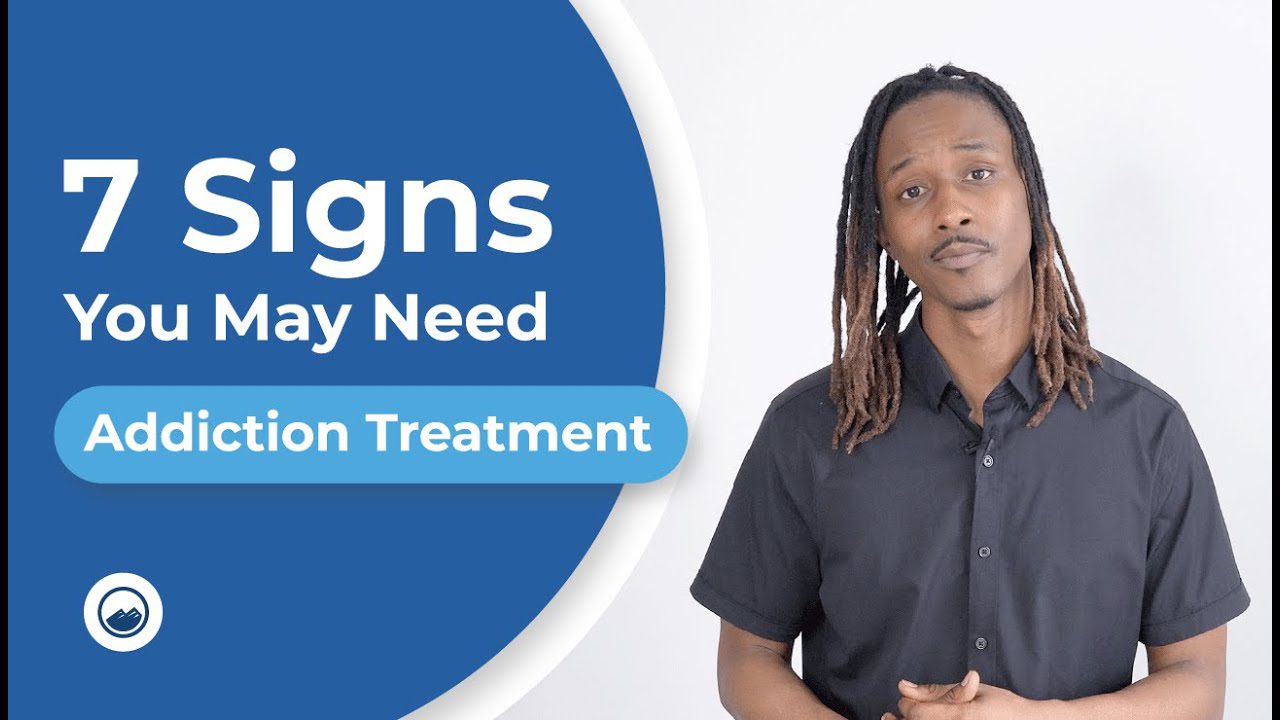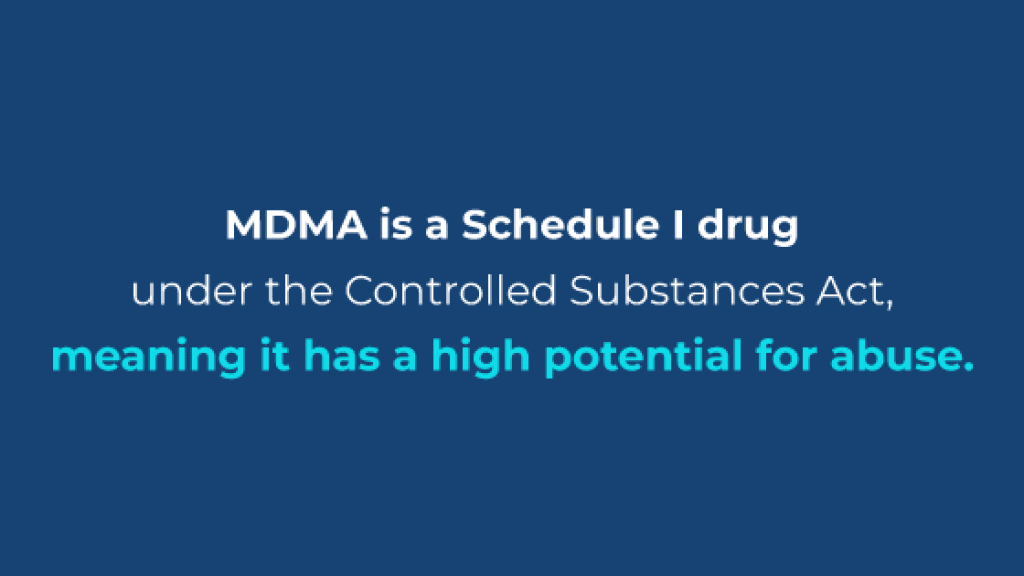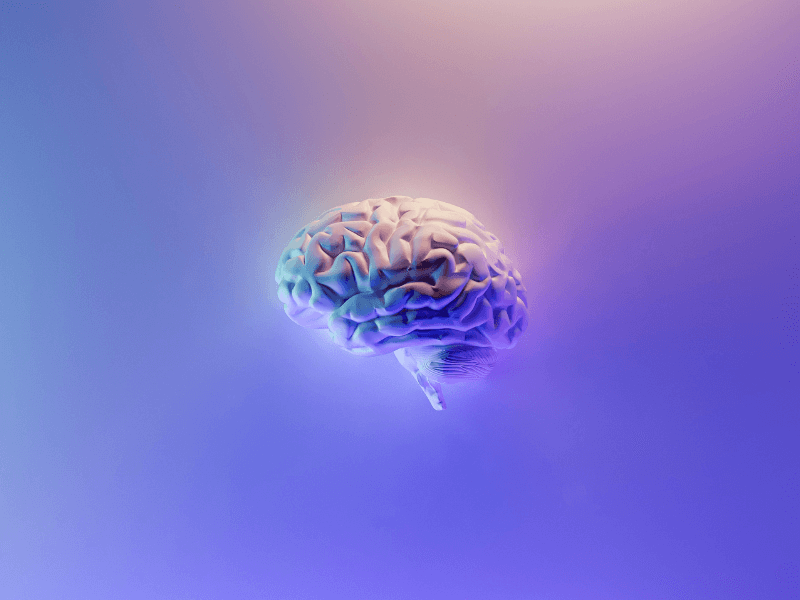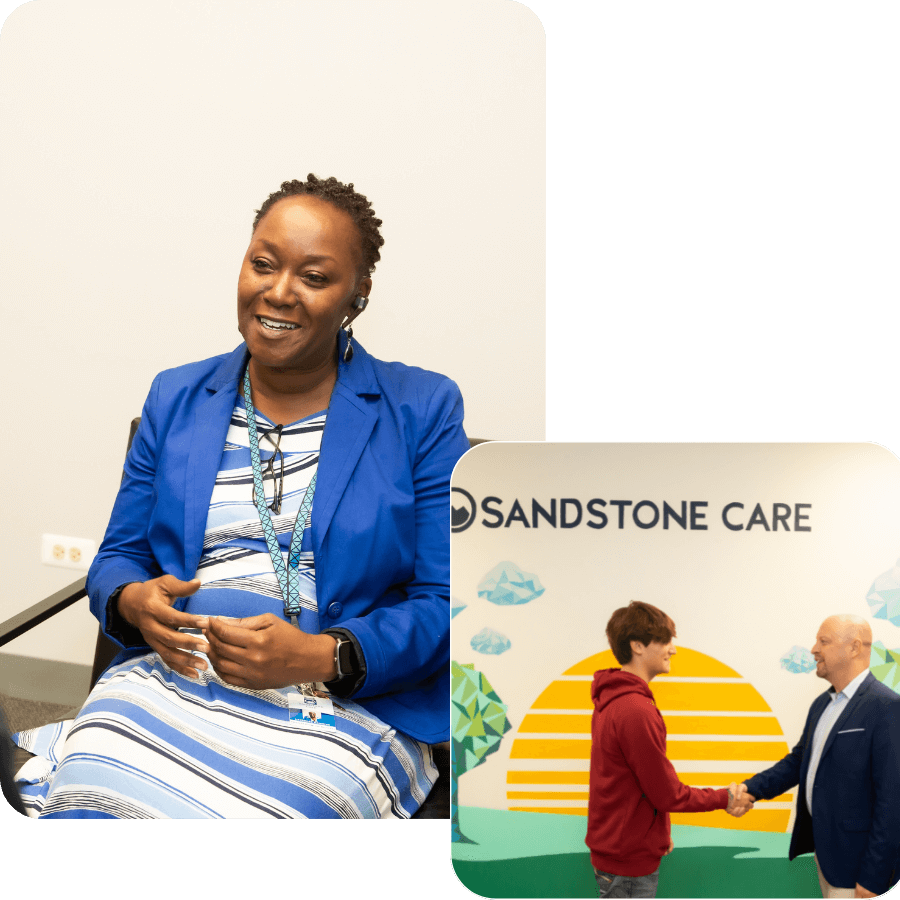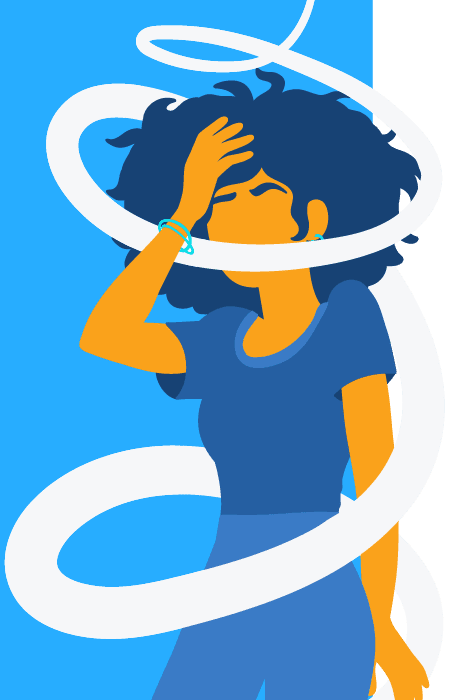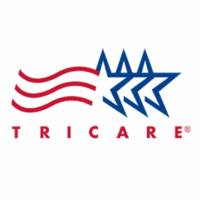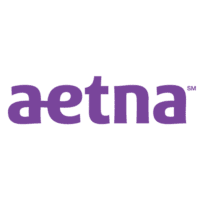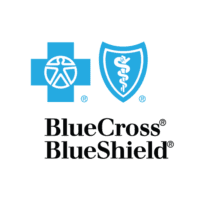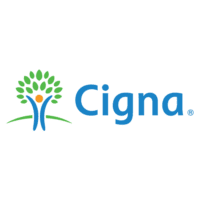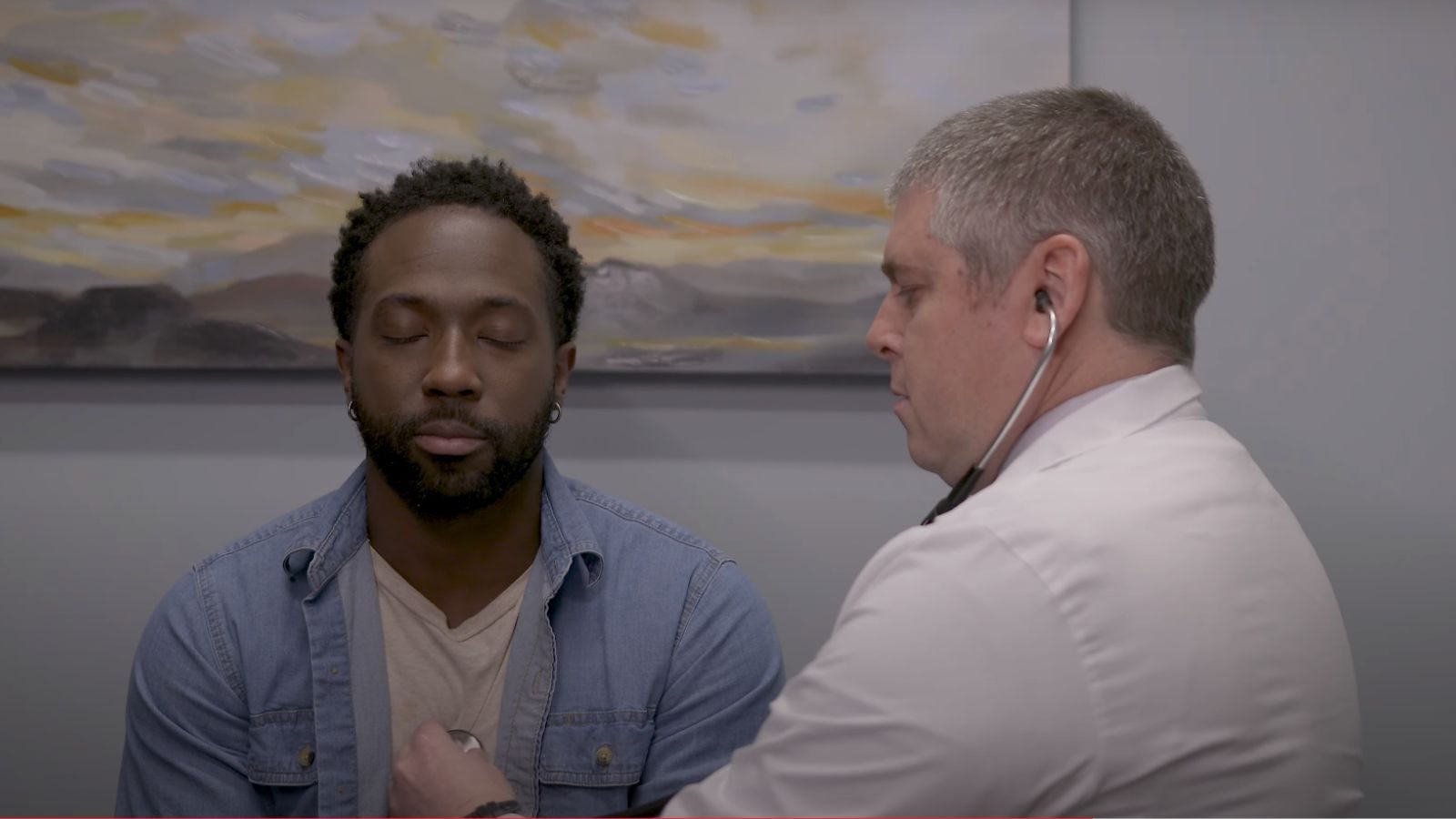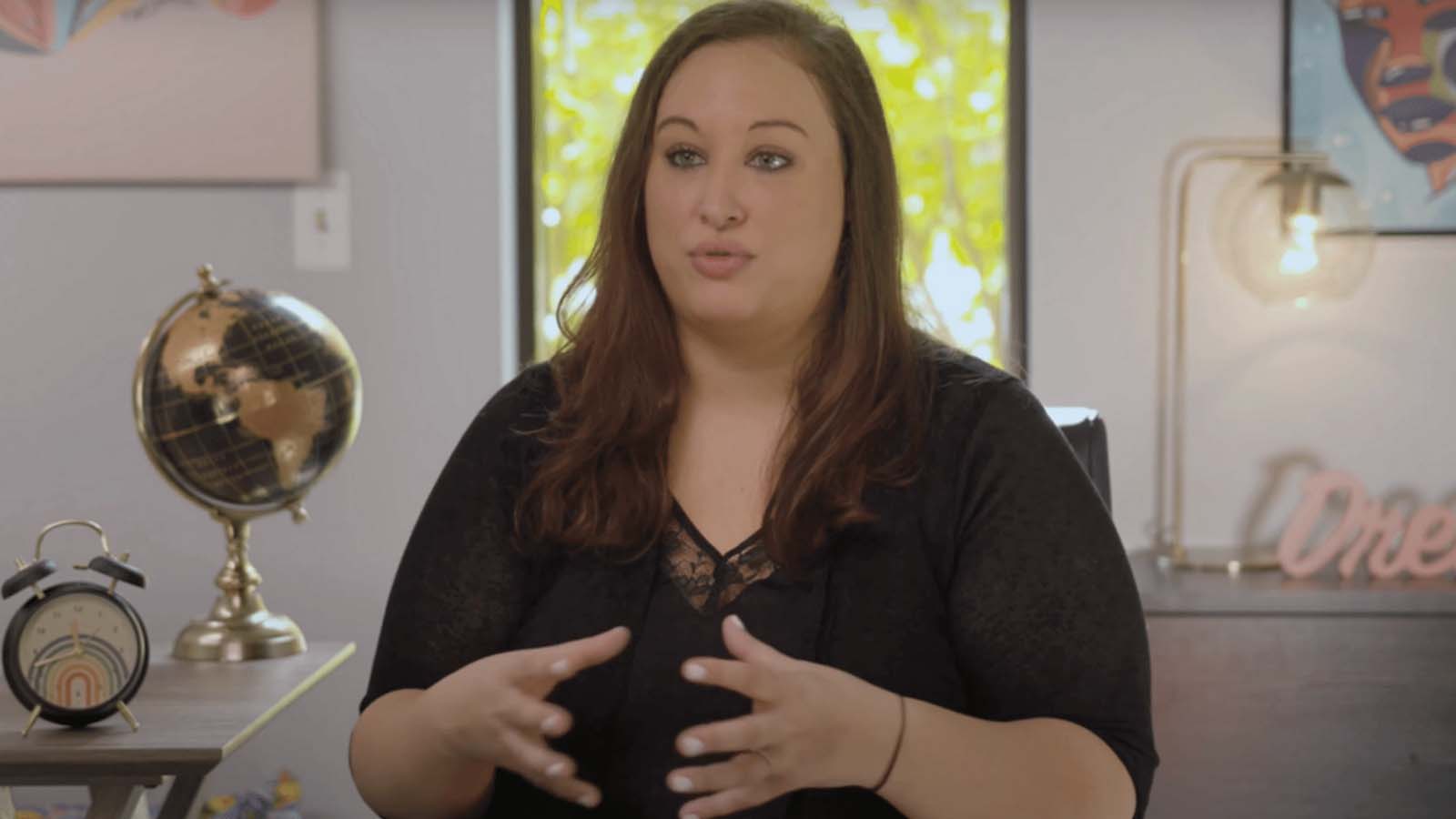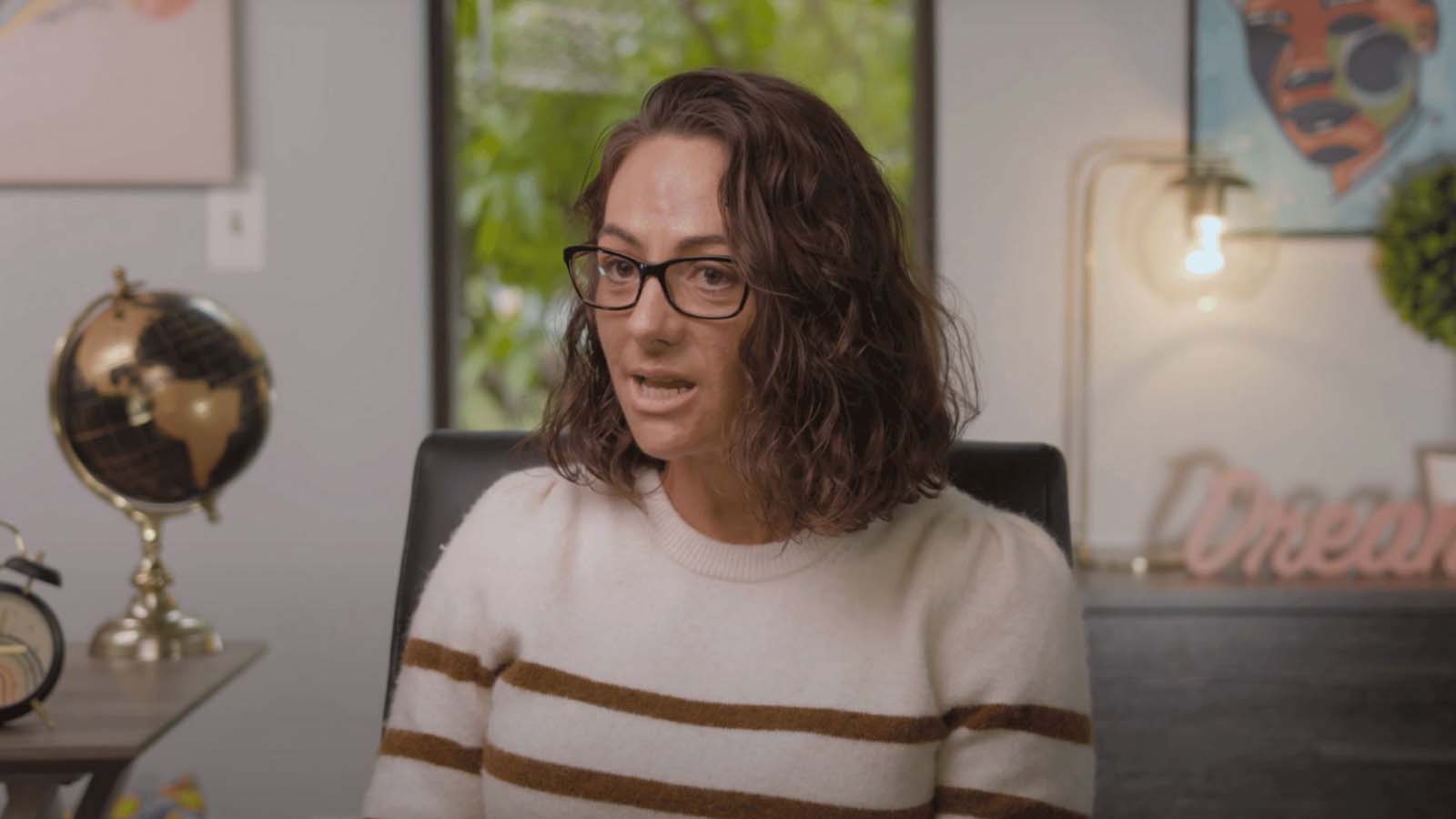Can You Become Addicted To Molly?
According to the National Institute on Drug Abuse, there is no definitive answer on whether molly is addictive; however, it does affect the same neurotransmitter systems in the brain that are impacted by other addictive drugs.
In the same research report, the NIH explains that some people who use MDMA have reported addiction symptoms, including use despite negative consequences, tolerance, withdrawal, and cravings.
Young people may use MDMA as a capsule, liquid, or powder. Some people may take MDMA and other substances such as marijuana or alcohol.
Individuals who take MDMA and other substances, intentionally or not, are at higher risk of negative health effects.



